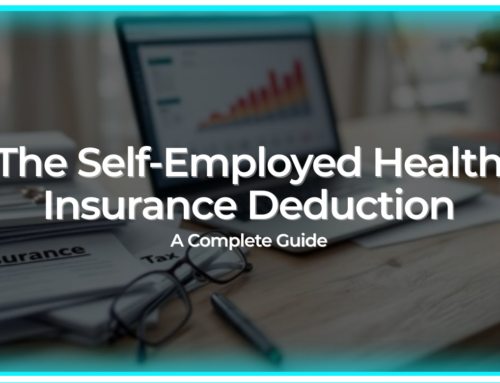Hi everyone, I’m Bette Hochberger, CPA, CGMA. As the deadline to file extended Form 1040 is approaching fast, I thought today’s blog would be great to explain tax extensions, and how to avoid late-filing penalties and stress.
The pressure of tax season can make the task of filing your tax returns quite dreadful, leading to stress and anxiety for many taxpayers. This is especially true as we approach the deadline to submit extended Form 1040, which is just around the corner.
Thankfully, the IRS offers the possibility of filing for an extension, granting you additional time to file your return. Below, I’ll break down what a tax filing extension is, whether it has any negative implications, and the difference between an extension for filing and an extension for paying.
What is a Tax Filing Extension?
A tax filing extension allows taxpayers additional time to prepare and file their federal tax return. Individuals are generally granted an extra six months, shifting the deadline from April 15 to October 15.
Is Getting a Tax Extension Bad?
Contrary to common belief, filing for a tax extension is not bad. It does not increase the likelihood of an audit or result in any penalties, provided you comply with the stipulations. It’s a legitimate way to obtain additional time to ensure that your tax return is accurate and complete. However, it’s important to understand that an extension to file is not an extension to pay any tax owed.
An Extension for Filing vs. Paying
This brings us to an essential distinction: the difference between an extension for filing and an extension for paying. The former refers to the additional time granted to submit your tax return, i.e., your Form 1040.
However, if you owe taxes, the amount is still due by the original deadline, typically April 15. Failure to pay the taxes owed by this date can result in interest and penalties accruing on the unpaid amount.
In essence:
– Extension for filing: Allows more time to submit your tax return form without facing late-filing penalties.
– Extension for paying: There is no extension for paying taxes due. Taxes owed are payable by the original deadline, and any delay in payment is subject to penalties and interest.
Avoiding Penalties and Stress
To avoid unnecessary stress and potential penalties, here are a few practical steps:
- File Form 4868: Ensure that you file Form 4868 before the original due date of your return to obtain the extension.
- Estimate Tax Liability: Make a reasonable estimate of your tax liability and pay the amount due when you file Form 4868.
- Stay Informed: Keep abreast of the latest tax laws and any changes to deadlines. The IRS website is a reliable source of up-to-date information.
- Seek Professional Advice: Consult a CPA (like myself!) or a tax advisor to ensure that you are compliant with all tax laws and are maximizing your deductions and credits.
A tax filing extension can be a convenient option for those who need additional time to file their tax return, alleviating stress and preventing late-filing penalties. However, it’s important to remember that an extension to file is not an extension to pay.
I hope you learned something new today. As always, stay safe, and I will see you next time.







